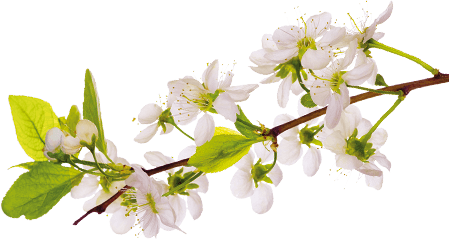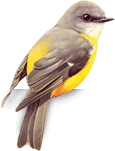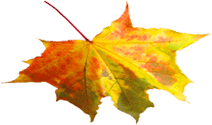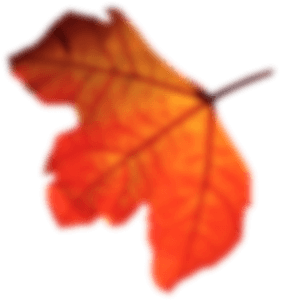Sales & Rentals
What To Know
Violins come in a great array of price ranges. Many of the very inexpensive ones ($100 to $200) are not worth carrying homes.
In the violin shop, we call them VSOs – “Violin Shaped Objects.”
Unfortunately, many times each year I am confronted with the unpleasant task of informing a distraught parent or an excited young student that the violin they have just bought will take over $150 worth of work just to make it playable, and then their instrument will only be worth about $100!
A good quality, new European violin outfit for the beginning student should retail in the neighborhood of $650 to $850. However, through the Yanfu Tong Violin Shop, quality violins are available at 50% off the retail price for under $340.
“Step-up” instruments will be in the retail range of $1,000 to $3,500, and professional instruments are generally $5,000 and up.
Unlike other instruments, good violins do not depreciate in value, so buying used will not necessarily save you a lot of money. A good option to outright purchase is instrument rental.
Good rental programs will allow you to apply at least part of the rent toward the eventual purchase of an instrument, and will allow you to exchange sizes as necessary.
It is not uncommon for teachers to encourage their students to purchase used violins because they have “mellowed out” or been “played in.” This phenomenon is real!
Good violins do get better as they are played; however, for a beginning student the noticeable difference is negligible. If you choose to purchase a used instrument, you should seriously consider getting it from a reputable dealer.
Repairs can be very costly, and are often necessary on old instruments that are found in flea markets, Grandma’s attic, etc. If an individual is offering an instrument for sale, you should have someone who is familiar with violins look at it before you buy.
What To Look For
Violins are made of wood, and wood is affected by the environment. Because of this it is important to examine the body of any violin (new or used) to make sure that there are no cracks in the top or back.
Well repaired cracks in the top of an older instrument may not be a problem (Seek the advice of a teacher or violin maker), but cracks in the back of an instrument can depreciate its value as much as 75 percent.
Examine the ribs (sides) of the violin to make sure that they are not bulging out beyond the edges of the top or back. This happens because wood that is not well seasoned will shrink noticeably when it dries out.
As the top and back shrink, the ribs begin to bulge. Most instruments of reasonable quality do not have this problem, because close attention is given to curing the wood properly. It is also not uncommon to find this problem in used instruments over 50 years old regardless of quality.
If everything else is in good order, this may not be cause to reject a used violin, but consult your violin repair shop concerning repair costs before making such a purchase.
Check to make sure that the neck of the violin is straight. Occasionally an instrument is made wrong, and somehow slips through the adjusting process unnoticed.
Make sure the bridge is centered between the f-holes, then sight up the fingerboard to see if it aligns with the bridge. If the bridge must be off-set toward one side or the other to make the strings and fingerboard line up you have a problem.
“Set up” on violins is very important. This includes proper bridge and string nut fitting so that the strings are a proper height from the fingerboard, fingerboard planning to make sure the strings doesn’t buzz, peg fitting so the pegs turn smoothly and stay in place, and setting the sound post for proper tone adjustment, etc.
As a general rule, pegs should be made of ebony or rosewood because most other woods are not dense enough to retain the smooth roundness that is necessary for easy tuning.
Some music stores do not set up their own instruments, but well-known brands generally are shipped in good adjustment.
Many violin shops do their own “set ups,” and work to meet the desires and specifications of local teachers and professional players.
Most violin outfits will have a case and bow included in the price. A fiberglass bow with horse hair is a good bow for beginners. A good wood bow can add $100 or more to the cost of a beginning violin outfit.
For step up violins, you will find the instrument, violin shops will most likely charge a small fee for this service, but it will save you a lot of problems to get some expert advice.
Expect to spend some money on refurbishing a used violin. Replacing the strings, bridge, and bow hair and making other minor adjustments can cost $100 or more. Crack repairs can be very expensive.
There are several options for purchasing new violins: your local music store, a mail order company, a violin shop, or a private individual selling a used instrument.
One of the things you should consider is availability of service. Buying your instrument from a local dealer that has a trained violin repair person on staff is an advantage because adjustments or repairs may be needed from time to time.
Maintenance and Care
Like most musical instruments, the violin requires maintenance occasionally. You should expect a few broken strings from time to time. It just happens with violin family instruments. If the same string breaks often, have your repair person examine the violin to make sure something is not out of adjustment. Upgrading to perlon core strings can give a violin a much more pleasing tone, and is often worth the investment. Violin bows need to be rehaired every year or two depending on the amount of playing.
Because the instrument is made of wood and is held together with glue it is very susceptible to heat and humidity changes. Leaving the violin in a car in the heat will often cause it to come apart or crack. If an instrument gets too cold it can crack also.
When transporting your violin, keep it in the passenger compartment of the car, not in the trunk because the trunk can get very hot or very cold and cause serious damage.
Rosin is used on the bow to make it grip the strings. Dust from the rosin will collect on the fingerboard and on the top of the violin. This rosin dust should be wiped off with a soft cloth regularly or it can build into a hard unsightly layer which will have to be professionally removed.
Enjoy!
Playing the violin can be a lot of fun! There are many styles of music, and a great variety of opportunities for musical performances are available.
Playing in the school orchestra is just a beginning in the wonderful world of strings.
Keep your instrument in good adjustment so that it will respond to your touch, then explore, experiment, experience the excitement of making beautiful music!











